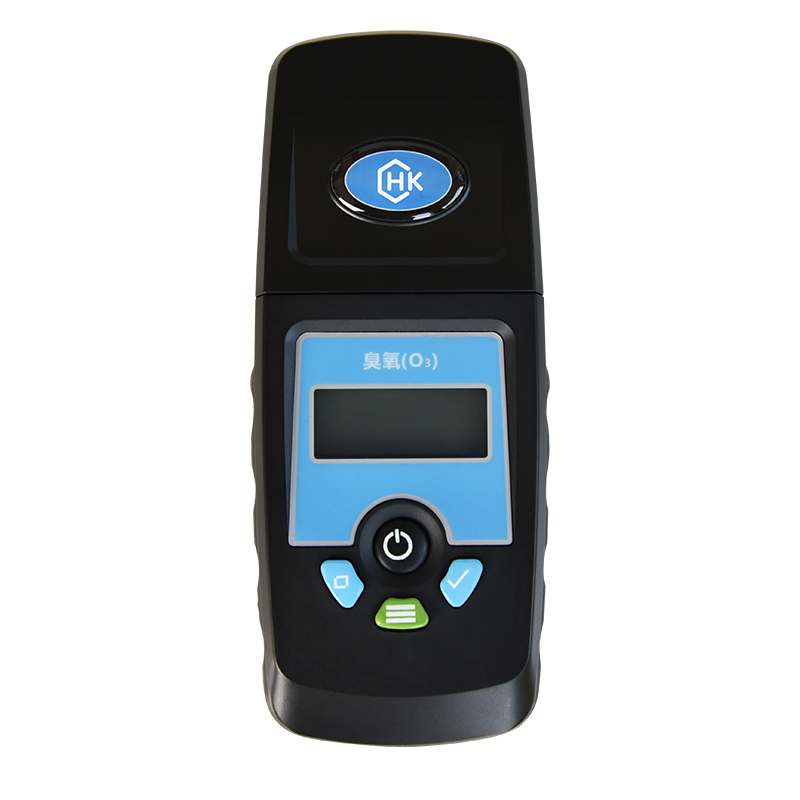090161 Phosphorus Test Kit
$15-21
50 tests/box
Introduction
Phosphorus Test Kit
Background of development
Sources of phosphorus
Phosphorus presents in natural water and wastewater almost in the form of various kinds of phosphates, which are divided into orthophosphate, condensed phosphates (pyrophosphate, metaphasphate and multi-phosphate) and phosphate combined of organic. They mainly exist in solution, humus particles or aquatic organisms.
Significance of phosphorus test
There is a trace amount of phosphate in natural water, but domestic sewage and industrial wastewater coming from industries such as fertilizer, smelting, synthetic detergent usually contains a large amount of phosphorus. Phosphorus is one of the essential elements for organisms to growth. But if the concentration in water is too high (excess of 0.2mg/L), it can cause algae overgrowth until the number reached hazardous level (known as eutrophication), resulting in reduced transparency and deterioration in water quality of the rivers and lakes.
Principle
This method equals to the standard method that is the molybdenum blue spectrophotometric method (“water and wastewater monitoring and analysis methods” (4th edition)). The principle is that phosphate reacts with ammonium molybdate and potassium antimonyl tartrate to generate phosphorous-molybdenum heteropoly acid, which is reduced to a blue complex by ascorbic acid.
Quick and easy
Operating in accordance with the instructions, users can complete the phosphorus test independently without specialized training. 10 minutes is enough to complete the analysis of one water sample.
Accurate and reliable
Determination results with this method are in accordance with the results with the standard method. It can be used as an alternative method to the standard method.
The range of the determination: 0.03~0.5mg/L.
Quantitative packing
The kit can be used for 50 times. It is small, light and easy to carry.
Application areas
This product can be used in total phosphorus analysis of surface water, fishery water, sea water, irrigation water, domestic sewage and industry wastewaters coming from many industries such as daily chemical, fertilizer, treatment of phosphating metal surface, pesticides, steel and coking.




